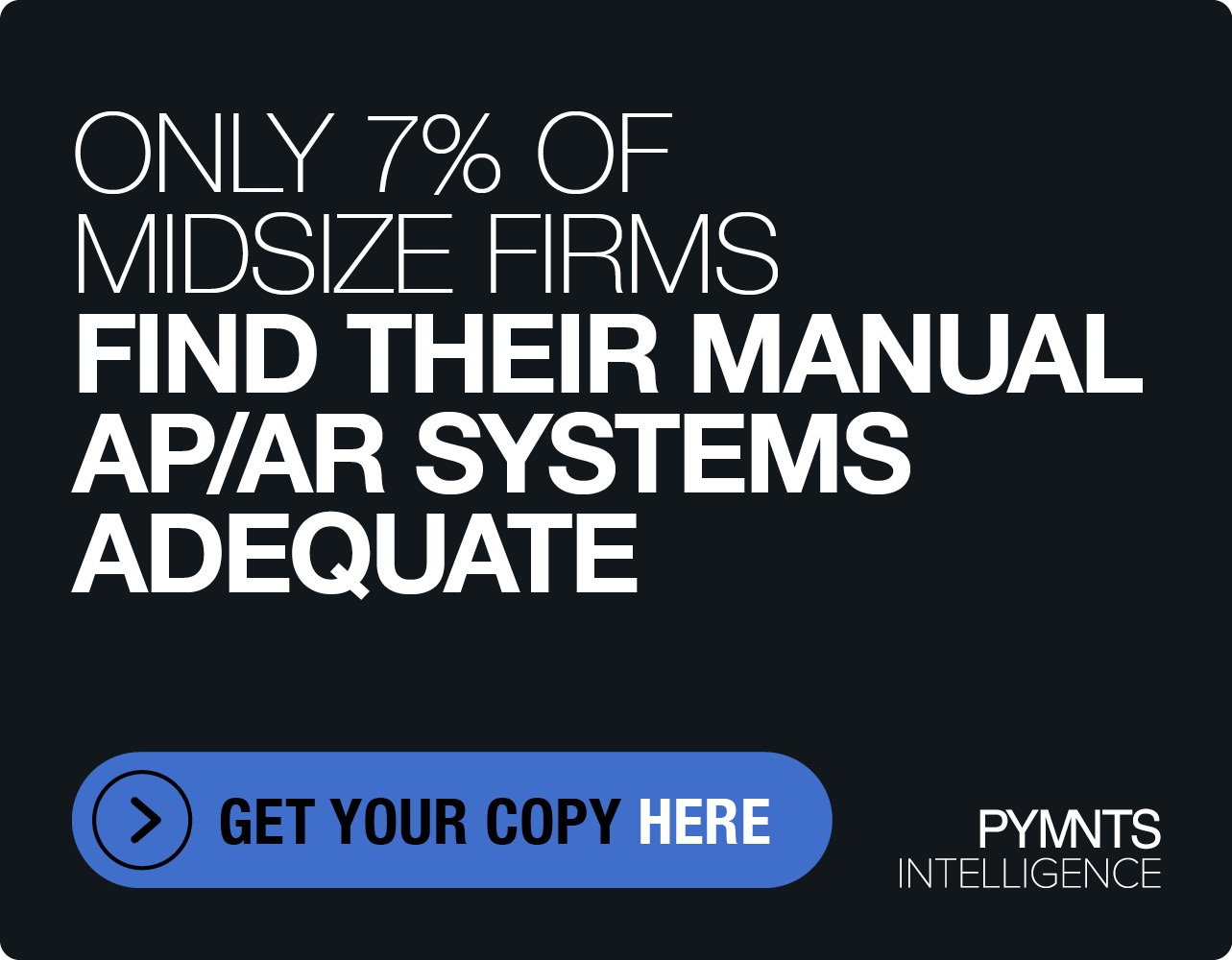Five Steps For ‘Future-Proofing’ Retail Payment Solutions
Two of the top challenges that financial institutions must face today include needs-based and multi-channel payments. Digital business is blurring the boundaries between industries, but one big question remains: will traditional payments be one of them? In a recently debuted video, Gartner along with Alaric, an NCR business, highlight the emerging trends impacting payments today, discuss how needs-based payments in particular affect three different areas in the space, and unveil the key requirements in future-proofing retail payment solutions.
Two of the top challenges that financial institutions must face today include needs-based and multi-channel payments. Digital business is blurring the boundaries between industries, but one big question remains: will traditional payments be one of them? In a recently debuted video, Gartner along with payment software product provider Alaric, an NCR business, highlight the emerging trends impacting payments today, discuss how needs-based payments in particular affect three different areas in the space, and unveil the key requirements in future-proofing retail payment solutions.
THE MEANING OF NEEDS-BASED PAYMENTS
PayPal has more registered payment accounts than the largest issuer in the world, the video indicates. That shows that what consumers really want are financial services and payments that revolve around their digital life and that meet their specific needs, making life easier and safer.
So what are needs-based payments and why are they important? Needs-based payments are based on, of course, need, along with location and technology. Most financial institutions are not delivering these payments and require new capabilities to be able to provide them.
To deliver needs-based payments, FIs need to first be able to bring new products to market quickly. They need to deploy and manage more specific, narrowly focused products, and they need better visibility and access to data. Furthermore, they must deliver much more proactively to customers, helping them understand which payment tools or systems are best for them at any given point. And those payment tools should be real-time.
To get there, however, FIs must overcome a number of obstacles:
- The many separate channels and payment platforms that make up today’s ecosystem
- Monolithic applications
- Proprietary interfaces and messaging
- Lack of traceability
- Rigid process flows or a lack of rules and workflow
WHAT’S TRIGGERING FINANCIAL INSTITUTIONS TO TRANSFORM PAYMENT SOLUTIONS?
Financial institutions are increasingly realizing that changes must be made to their payment solutions. Maintenance costs of traditional payment methods are becoming unsustainable, and multiple apps supporting multiple channels are making payments difficult and detracting customers. Furthermore, the fact that data is becoming increasingly important to these players is rendering a lack of transparency that makes it hard to stick to the old ways.
To evaluate their retail payment solutions, the video suggests that FIs should look at them from a technical standpoint. There should be one application with one payment engine architecture for retail and card payments, allowing for control over customization and vendor viability.
FIs should also buy, rather than build, their solutions because “functionality is commoditized.” They can choose from various types of payment software vendors including end-to-end card management providers, retail payment services hubs, and best of breed retail payment apps.
WHAT’S IN A GOOD PAYMENTS SOFTWARE PROVIDER?
For one, Alaric, a software company that provides transaction processing and fraud protection to banks, processors, retailers and payment services providers, offers a transaction-processing product that’s both flexible and offers vendor independence, says its Marketing Director Andy Brown.
Needs-based payments impact three different areas, says Brown. These include: data (i.e. which path the transaction should be executed in), process of transaction, and customer service experience.
Brown says making it easy to define how a transaction is to be processed – the “orchestration” of a transaction – is vital to future proofing payment systems. Orchestration covers both the actions to be taken to authorize the transaction as well as routing to external services like a fraud detection system. Without a UI based easy to adapt orchestration capability cost effectively, delivering on future requirements will be very difficult.
To understand the key factors and technologies in reducing the cost of payment system maintenance, what the ideal-state payment transformation project looks like, and how FIs can get the payment system migration right, watch the full video here.
